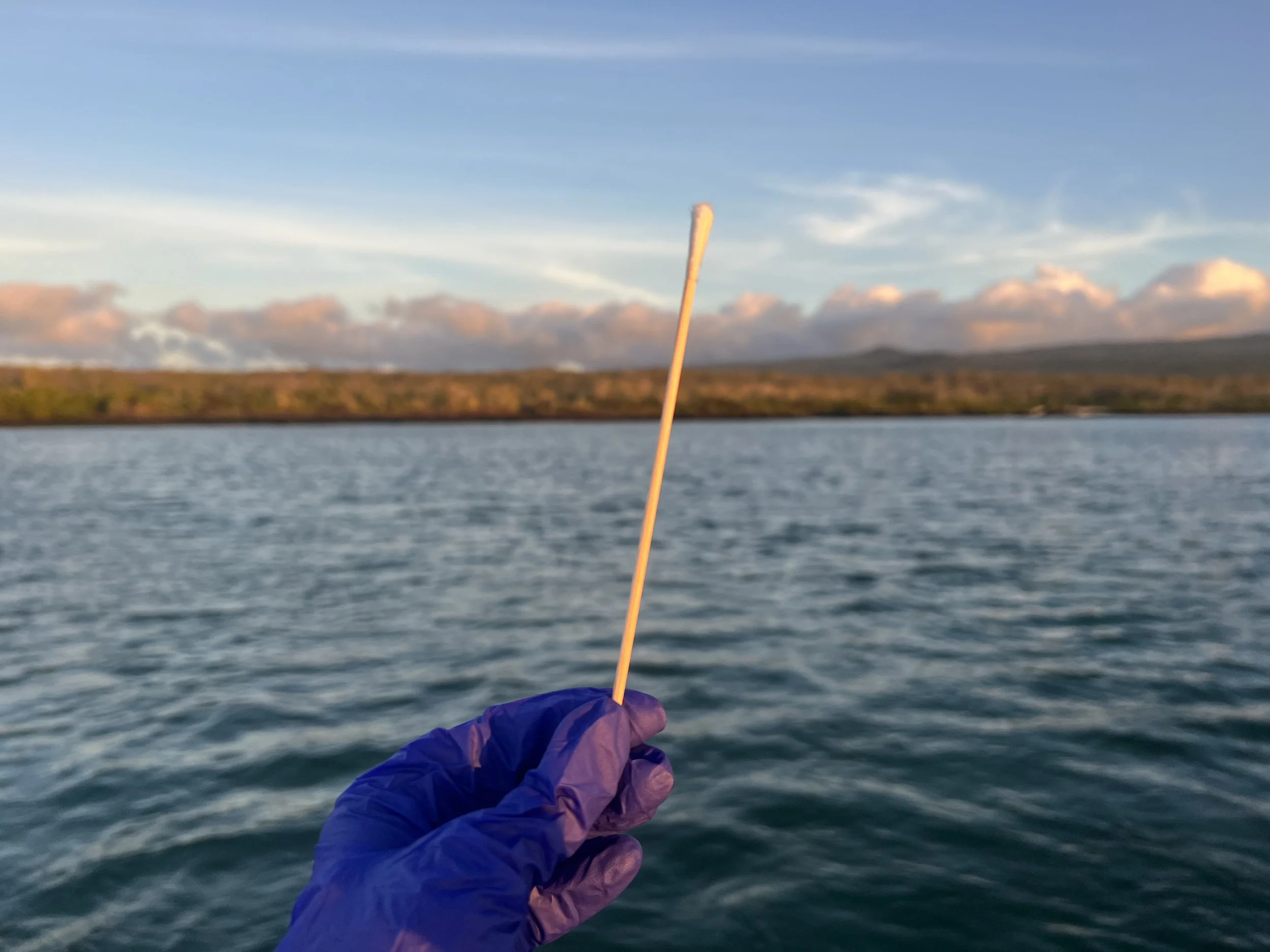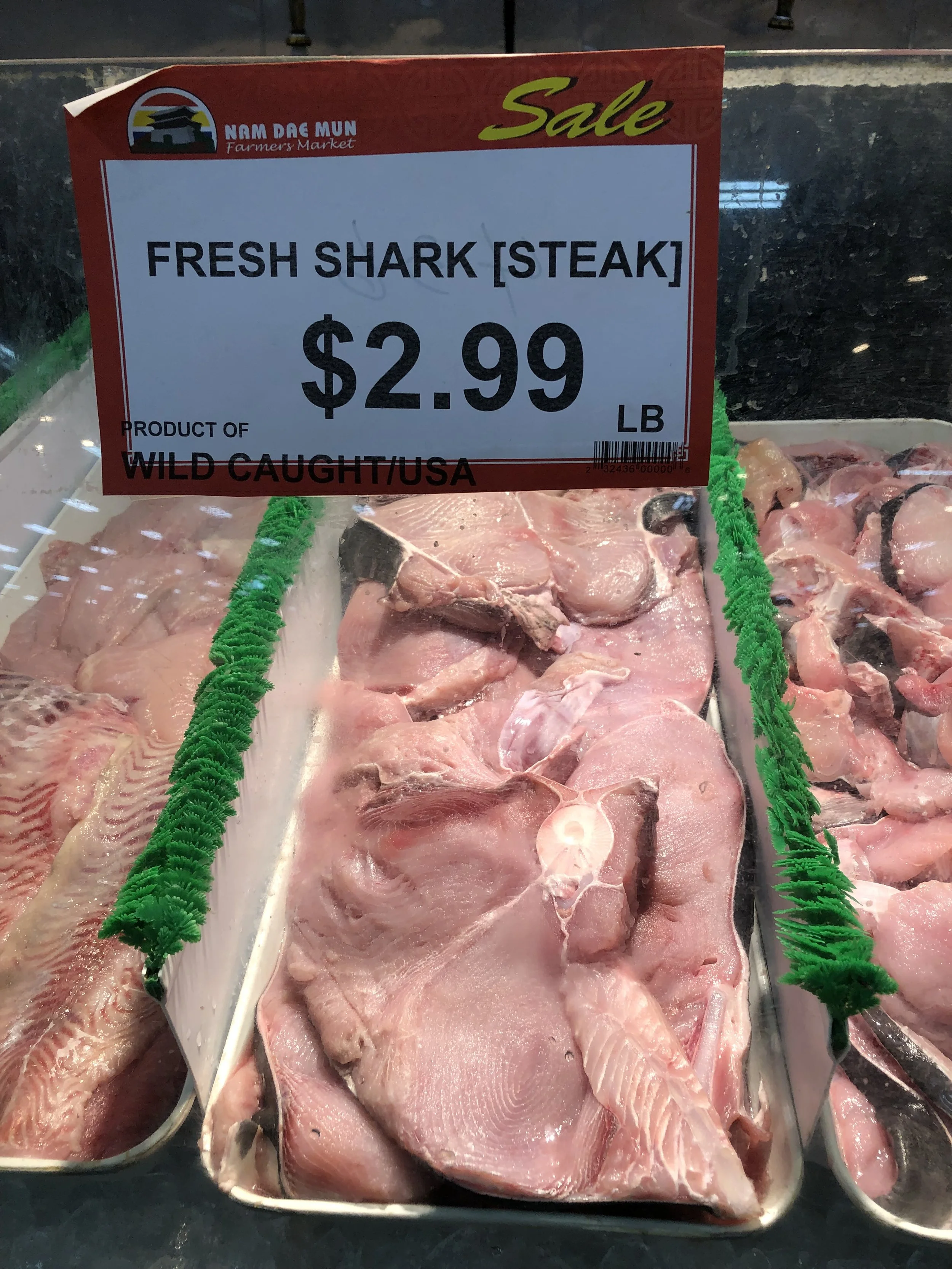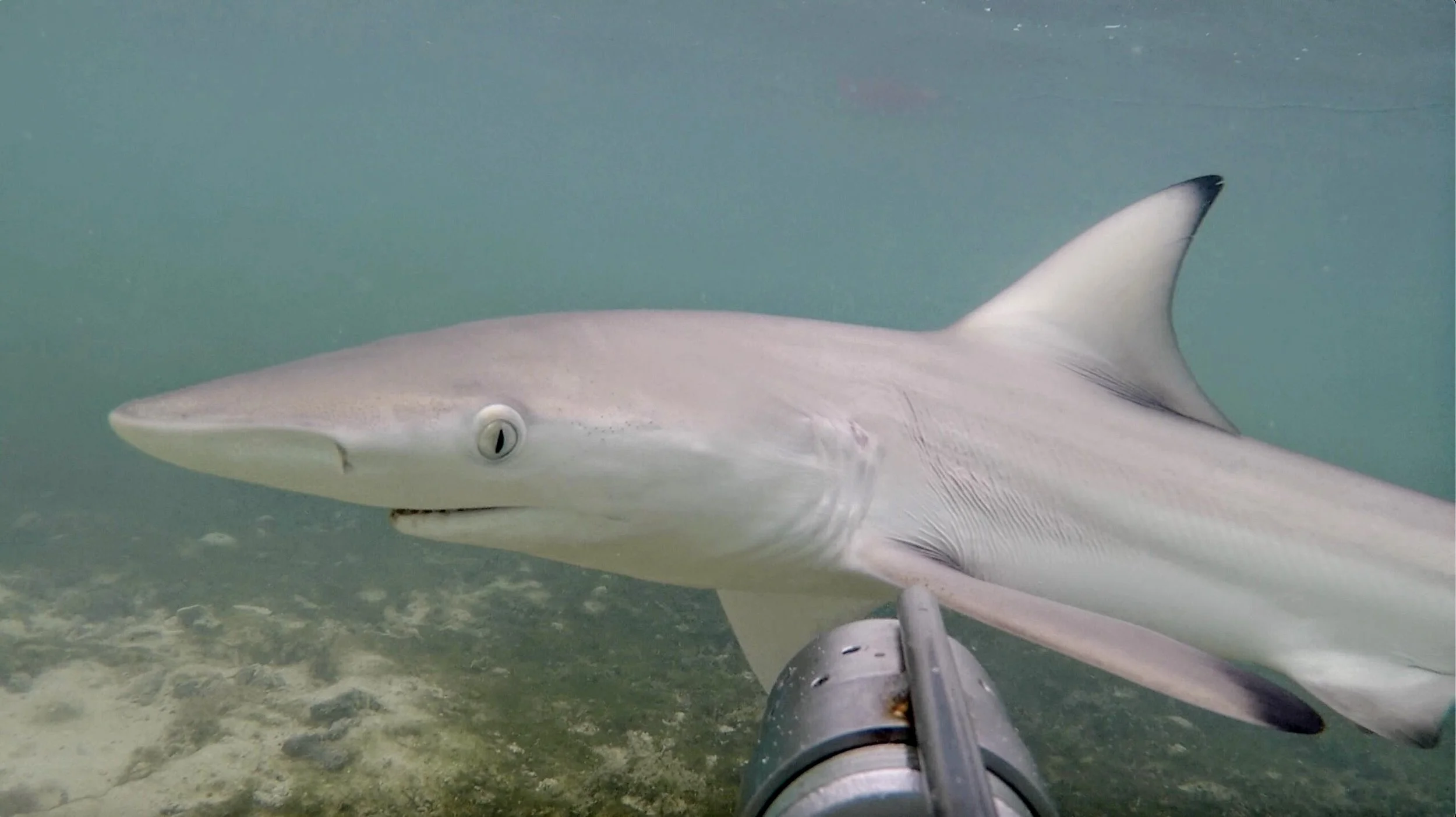
Research
-

Shark diet and trophic ecology
Diet is typically measured via lethal gut content analysis, which is often inaccurate, impossible, and/or unethical to use for protected, rare, or long-lived species. Identifying prey species from partially digested stomach contents can be a difficult task, oftentimes leaving remnants of digested stomach contents completely unidentified or only categorized to taxonomic class (e.g., “teleost fish”). To increase the resolution of shark diet reconstruction, I am metabarcoding shark fecal matter from sharks off the coast of North Carolina and the Galapagos.
-
How does the diet of the juvenile blacktip shark vary throughout the Galapagos archipelago?
The Galapagos experiences a large variation in water temperature causing the biodiversity across the archipelago to vary creating the potential for the diet of the juvenile blacktip to differ depending on where they are located. I collected and DNA metabarcoded cloacal swabs from juvenile blacktips across the archipelago to measure how their diets vary.
-

Does the diet of the juvenile scalloped hammerhead shark change as it ages?
I collected and DNA metabarcoded cloacal swabs from scalloped hammerheads ranging in age from neonates to juveniles in the nursery habitats in the Galapagos to see how their diets varies.
-

Seafood mislabeling
Seafood mislabeling occurs when a seafood product is labeled under an inaccurate species name, weight, geographic origin, or other characteristics. Shark meat is widely available in the United States in local grocery stores and seafood markets. We purchase and DNA barcode shark products purchased to determine the species identity and conservation status.
Publications
Plumlee JD, Branham C, Ryburn SJ, Fodrie FJ (2023) Trophic partitioning among seasonally resident predators in a temperate estuary. Mar Ecol Prog Ser 721:119-133. https://doi.org/10.3354/meps14422
Ryburn SJ, Ballantine WM, Loncan FM, Manning OG, Alston MA, Steinwand B, Bruno JF. 2022. Public awareness of seafood mislabeling. PeerJ 10:e13486 DOI 10.7717/peerj.13486
